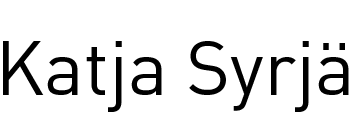
My solo exhibition Miss Veronica is on display
at Studio, Turku Art Museum 10 June – 28 August 2022.
”Katja Syrjä has made numerous trips across the world in pursuit of her passion for natural
pigments. In this exhibition, she follows researchers on field trips to the natural laboratory
of the Åland islands. The result is a multifaceted body of boundary-defying graphic art. The
exhibition also features Syrjä’s account of the fascinating process of creating the works.
Working on her stone lithographs by painting and stitching, Syrjä combines medieval
painting traditions with the contemporary context of art. Meticulously following the methods
of 14th-century Tuscan painter Cennino Cennini , she creates unique works with natural
pigments that she makes from soils, minerals, plants, mushrooms and mussels collected
or grown by herself. Meanings conveyed by the pigments are a vital part of the content of
the works.
The holistic nature and use of age-old methods in Syrjä’s process speak of her profound
respect for nature, craftsmanship and the traditions maintained by women in particular.
The title of the exhibition, Miss Veronica, is a reference to the Latin name of the spiked
speedwell, Veronica spicata L., but also to the artist’s alter ego as an explorer. Her role
models include women artists of the past as well as female explorers from different
centuries. For example, Margaret Mee, who is known to have drawn exclusively from life,
spent 24 years in search of a perfect specimen of the moonflower, which she eventually
found the Amazon rainforest. Syrjä is just as fascinated by her own subjects from the
Åland islands, which include the decades-long metapopulation study of the Granville
fritillary (Melitaea cinxia) and its network of meadow habitats, the spring larva census, the
growths of powdery mildew on host plants, or the diversity of the underwater world. She
also takes a stand in defence of small and common species when she photographs nettles
or celebrates biodiversity by portraying the scarab beetle Nimbus contaminatus, the hover
fly, or the Calocoris roseomaculatus bug”.
Syrjä’s work is supported by the Kone Foundation.

